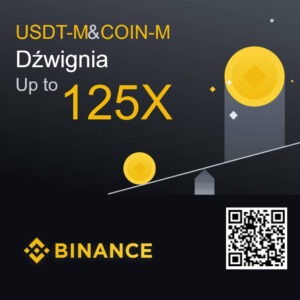Rate NEO 3,947000 USDT
Change (24h): -1,72%
Calculator NEO / USDT
How is 1 NEO?
| NEO | 0 USDT | |
| USDT | 0 NEO |
Team
- No data
Another prices
- AVAX 11.44 EUR 0,00%
- LSK 0.883784 USDT 0,00%
- GAME 0.002 PLN 0,00%
- PAY 0.06 USD 0,00%
- KMD 0.0163 USDT 0,00%
- ONE 0.00379 USDT -1,04%
- MKR 0.01581 BTC 0,00%
- ALPHA 0.0097 USDT 0,00%
- XZC 4.446 USDT 0,00%
Do you know how buy NEO?
Description
Do you have account on KryptoBot?



